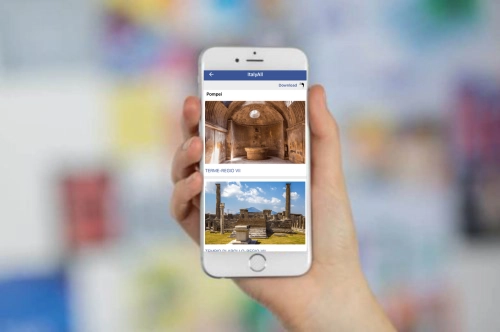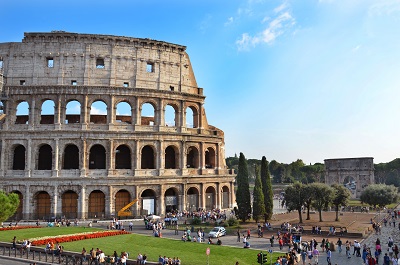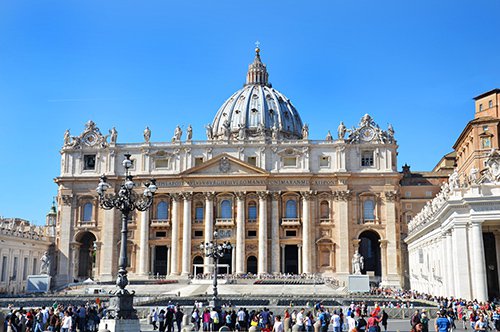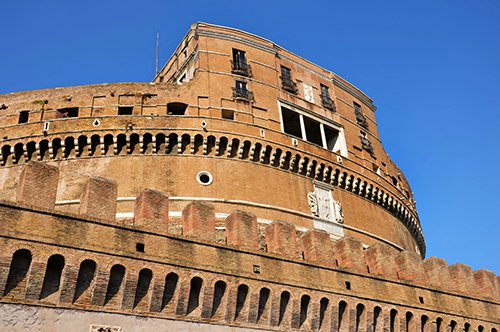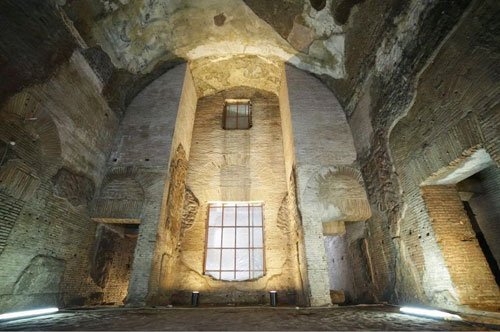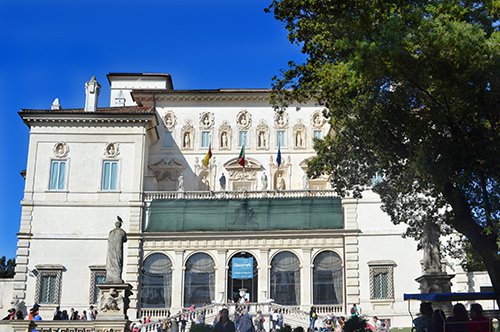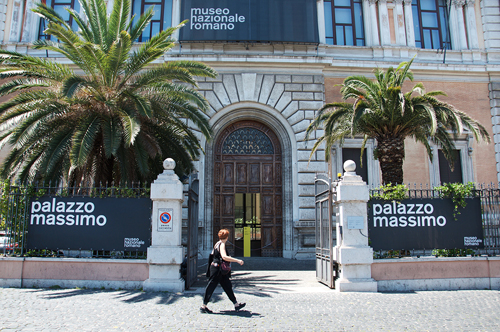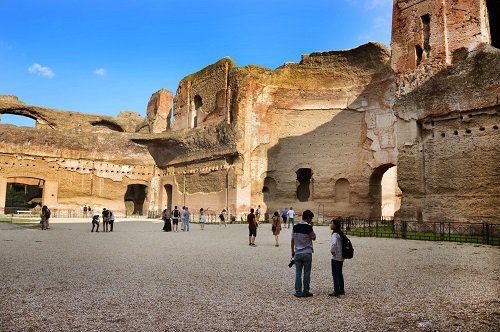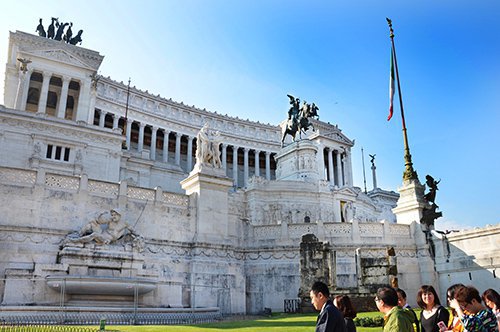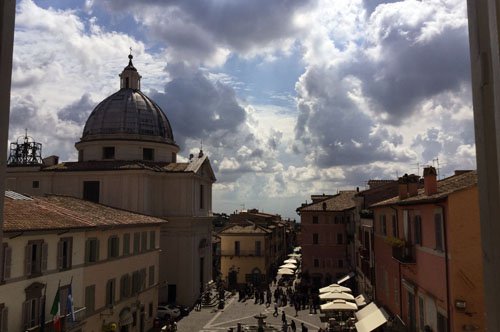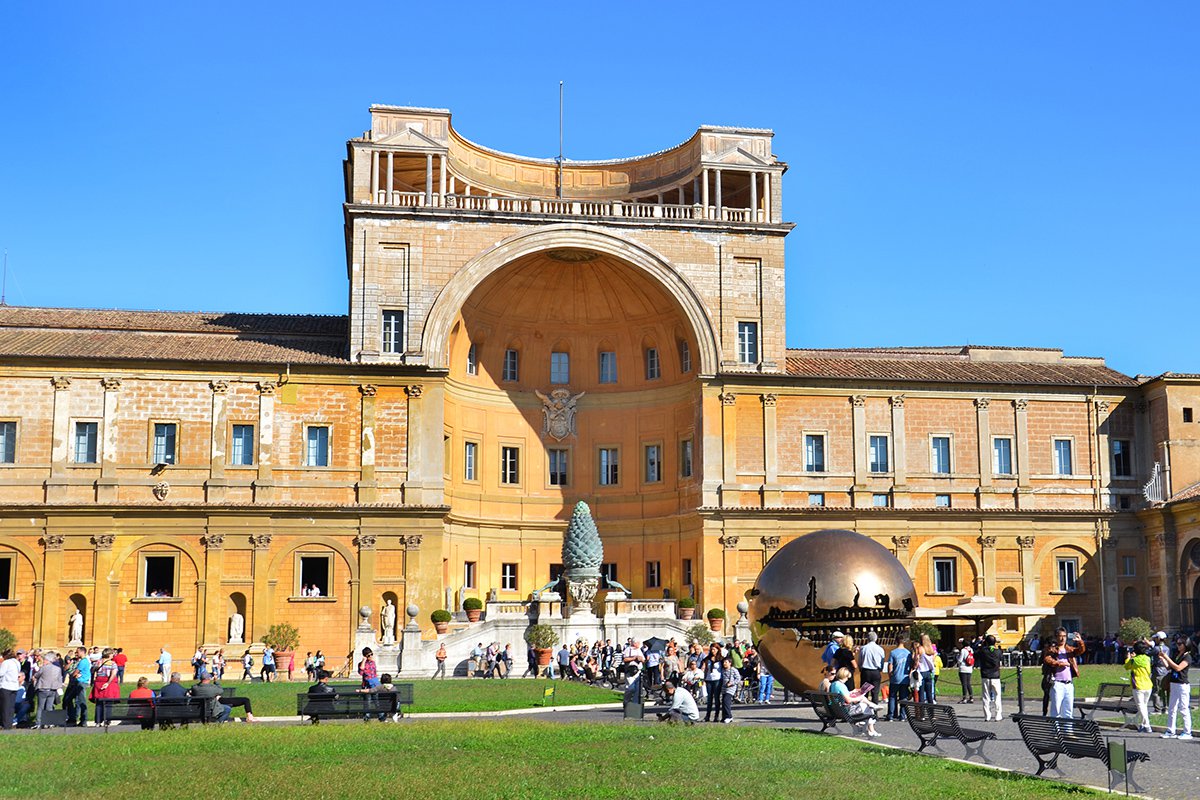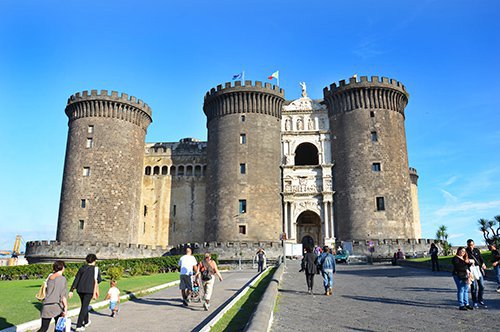Pompeii
All Categories
Tickets
Guided Tours
Private Tours
Pompeii Audio Guide: download the app!
Explore Pompeii with our app, the ancient Roman city frozen in time!
Confirmation by email
Recommended by Italy-Museum
Pompeii Audio Guide
Multilingual Audio Guide
9.00 €
WHY VISIT POMPEII?
Visiting Pompeii means stepping into a remarkably preserved past; thanks to the archaeological excavations, we can closely observe the everyday life of the ancient Pompeians. Walking through its ancient streets, you can still feel the emotion and human tragedy that struck this Roman city and sense the vitality of its inhabitants.
A BRIEF HISTORY OF POMPEII
Pompeii was founded by the Oscans around the 8th century BC as a group of villages at the foot of Mount Vesuvius, which later merged into a single fortified city. The city soon became an important commercial center, influenced by Greeks, Etruscans, and later the Samnites, who enlarged the city walls. With the Roman conquest, Pompeii became a key player in the Roman economy, exporting wine and oil as far as Provence and Spain. Under Roman rule, there was an architectural boom: notable buildings such as the Forum, temples, basilica, the grand House of the Faun, and the Temple of Isis—proof of exchanges with the East—were constructed. Over time, Pompeii became a Roman municipality and then a colony; during Sulla’s dictatorship, lands were redistributed to war veterans. Later, it turned into a favorite holiday destination for the Roman elite, with many new buildings constructed. After being struck by an earthquake in 62 AD, in the midst of reconstruction, Pompeii was buried by the devastating eruption of Vesuvius in 79 AD, sealing the city in volcanic ash and leaving it frozen in time.
POMPEII TODAY
The modern city of Pompei rises near the remains of the ancient Roman city, which have been excavated since the late 18th century. Archaeological studies have made it possible to reconstruct the lifestyles, customs, and environments of Roman times. In 1997, UNESCO declared Pompeii, Herculaneum, and Oplontis World Heritage Sites. Today, Pompeii is one of the largest archaeological sites in the world, with about 60 hectares open to visitors—a place where the life of a long-gone city seems to rest quietly beneath a layer of volcanic ash.
CURIOSITIES ABOUT POMPEII
Did you know that thousands of ancient graffiti still decorate the walls of Pompeii? Much like today, the inhabitants marked their presence with writings and drawings, which visitors can still see when wandering among the ruins. Pompeii was buried under about six meters of ash and pumice, which preserved buildings, furnishings, and everyday objects in extraordinary condition. The thermal baths were the true social hub: Pompeiians loved spending time bathing, swimming, exercising, and, above all, chatting with friends—almost like a modern spa!
WHAT TO SEE IN POMPEII
Pompeii was one of the great cities of the Roman era, wealthy thanks to its production and export of wine and oil. Its famous amphitheater, built in 80 BC, predates even Rome’s own great structures. Walking along Via dell’Abbondanza—the main street—you’ll find the Grand Theater, which accommodated 5,000 spectators, and the smaller theater for music performances. The Forum was the bustling heart of public life, hosting religious, political, and economic activities, surrounded by temples and the basilica. Nearby is the Temple of Apollo, one of the most significant and ancient sacred sites in Pompeii, and the Antiquarium, an archaeological museum displaying artifacts and insights into ancient society. You can visit the archaeological area by purchasing an entrance ticket, but for a richer experience, taking a guided tour—whether in a group or private—is highly recommended. Pompeii is just 40 minutes by train from Naples, making it easy to combine with a trip to this unique city, or even plan an itinerary that includes Rome and its countless wonders.



